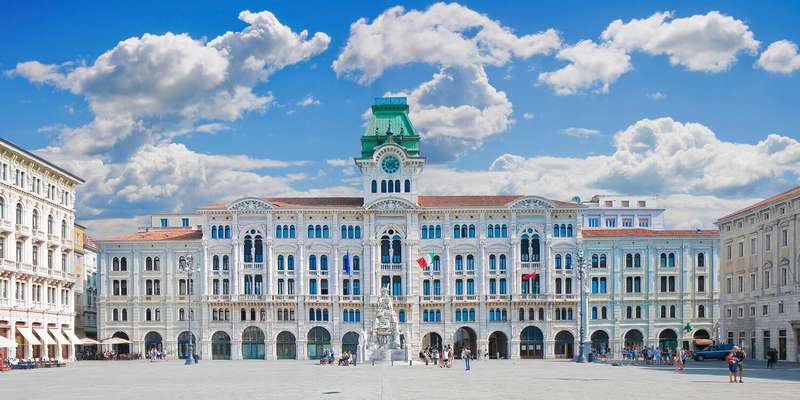- Home
- Useful Tips
- Best spots for capturing...
Capturing Trieste's magical golden hour often becomes a frustrating game of dodging crowds and finding vantage points before the light fades. Over 78% of travel photographers report missing their ideal shot due to overcrowded locations or lack of local knowledge. The city's compact size means popular spots like Piazza Unità d'Italia transform into packed tourist hubs when the sun dips toward the Adriatic. Meanwhile, hidden viewpoints known only to residents remain strangely empty. This tension between accessibility and solitude leaves many visitors with mediocre photos when they could be taking frame-worthy shots of Baroque facades glowing in warm light against deep blue waters. The challenge isn't just finding good light – it's claiming your own slice of Trieste's golden moments without elbowing through selfie sticks.


Why every photographer misses Trieste's true golden hour
Most visitors assume golden hour begins when the sun touches the horizon, but Trieste's unique coastal topography creates an earlier magic window. The sun disappears behind the Karst Plateau mountains nearly 40 minutes before official sunset, plunging the waterfront into shadow while hilltop locations still bask in golden light. This geographical quirk means you're already too late if you arrive at the classic golden hour time. Local photographers set up 90 minutes before sunset to catch the vertical light that makes Venetian-style palazzos glow. The harbor's east-west orientation also creates unexpected reflections – light bounces off the water to illuminate building undersides in ways that disappear the moment the sun dips behind the mountains. Understanding these micro-timings separates postcard snaps from breathtaking captures.
Three overlooked spots where locals shoot undisturbed
The secret to crowd-free golden hour lies in elevated positions just beyond the tourist circuit. San Giusto Castle's northern ramparts offer an unblocked view where the setting sun aligns perfectly with Trieste's skyline – few visitors walk past the main courtyard to discover this angle. For reflective shots, the abandoned pier at Campo Marzio reveals mirror-like water effects without the harborfront crowds. But the true insider spot is the staircase at Via della Madonna del Mare 45; this residential area provides a framed view of the city descending to the sea, with golden light filtering through laundry lines for authentic local flavor. These locations share key traits: multiple compositional options, minimal foot traffic, and light that lingers after popular spots go dark.
Gear choices that make or break golden hour shots
Trieste's golden hour demands different equipment than typical Mediterranean destinations. The sudden transition from bright sunlight to deep shadow requires lenses with exceptional dynamic range – locals favor 24-70mm f/2.8 for flexibility in tight urban spaces. A common mistake is using heavy ND filters; the light fades so rapidly that you'll often remove them within 20 minutes. Instead, pack a sturdy travel tripod that can handle Trieste's ever-present bora wind, preferably with a hook for weighting it down. For those shooting smartphones, disable auto-HDR which overprocesses the rich gold tones, and manually lock exposure on the brightest part of the sky. Remember that the city's signature yellow-brown buildings require white balance adjustment – daylight settings render them unnaturally orange during golden hour.
Timing your visit for perfect light all year round
Golden hour in Trieste isn't consistent – the sun's path creates dramatically different effects by season. Winter offers the most intense colors as low-hanging sun hits buildings at oblique angles, but lasts just 35 minutes. Summer provides longer sessions (up to 90 minutes) though with softer light. The sweet spot comes in April-May when clean post-bora air creates crystalline clarity and the sun sets directly over the sea. Locals mark two key calendar dates: March 19th when sunset aligns with the Canal Grande's axis, and October 25th when golden light floods the Roman Theater's ancient stones. For reliable solitude, target weekdays in late autumn when cruise crowds thin but light quality remains superb. Smart photographers check the marine forecast too – choppy water kills reflections while calm seas double your compositional options.



